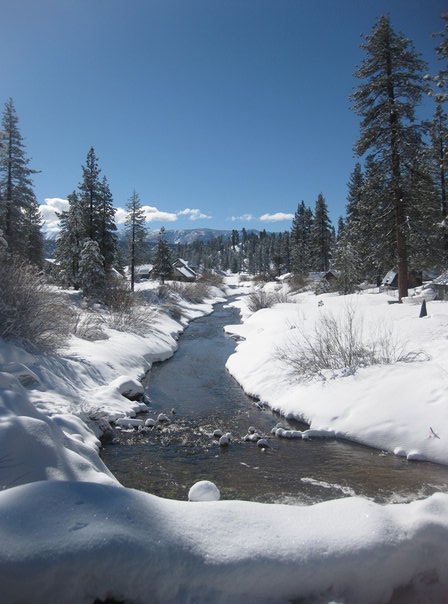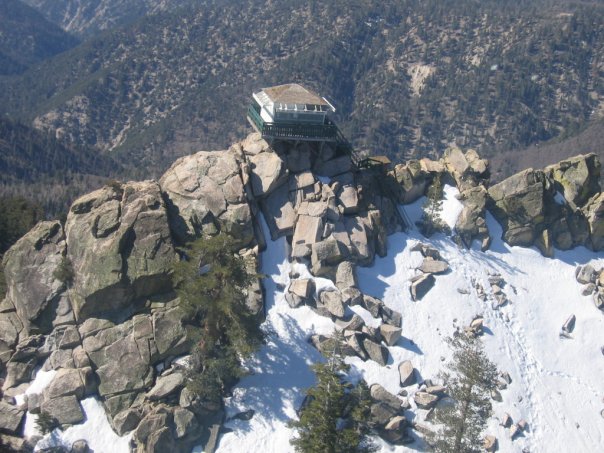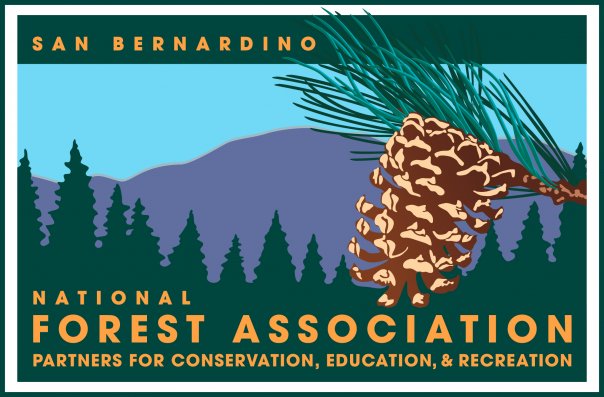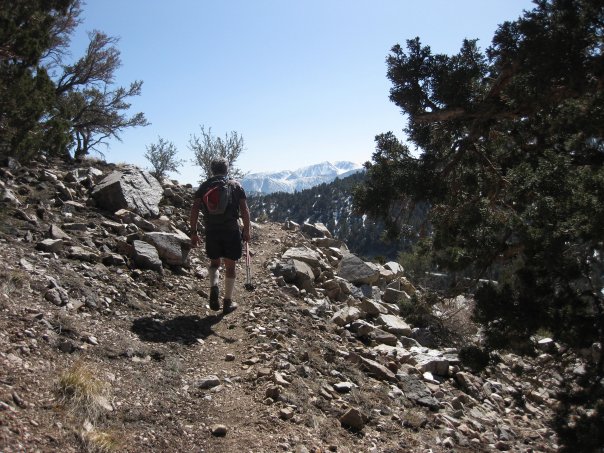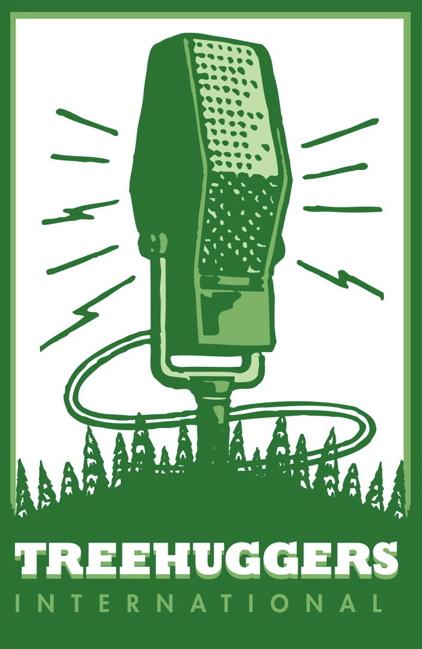The Ceiling of Southern California and the San Bernardino National Forest Association
May 6th, 2010
Podcast: Download (Duration: 31:34 — 28.9MB)
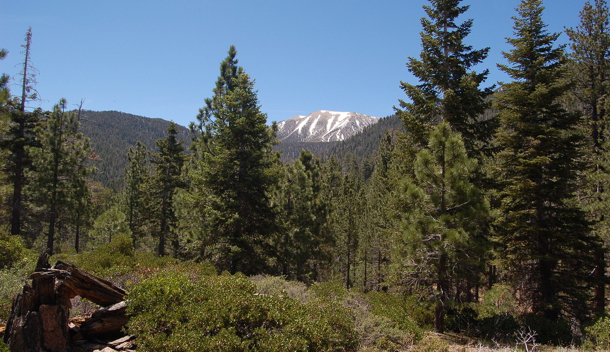
Mt. San Gorgonio presides over the high country of the San Bernardino Mountains.
Creation of the Forest Reserve
By 1891, President Benjamin Harrison had been receiving word from conservationists and timber merchants alike, warning of the rapid denuding of forests on federal land. Once thought to be an inexhaustible supply of timber, by the 1890s the American west was in a full-on timber frenzy which still had not reached its peak, but was already in danger of wiping out the last stands of virgin timber by way of unregulated logging and related resource extraction.
To combat what President Harrison saw as a rash of wild west logging by private enterprises illegally poaching big timber off federal land, then under the auspices of the federal Division of Forestry (a precursor to the U.S. Forest Service), the Forest Reserve Act of 1891 was passed, creating the first federally-designated areas ever set aside specifically for conservation management.
Federal timberlands in Southern California were the first to receive protection, with the San Gabriel Forest Reserve established in 1892, followed by the San Bernardino Forest Reserve in 1893.
Under the direction of forester Gifford Pinchot, the U.S. Forest Service was created in 1907, and with the new management came a desire to streamline. The “old” San Bernardino Forest Reserve, along with the Santa Barbara Forest Reserve to the north, were both rolled into the adjoining Angeles National Forest. This state of management, however, rapidly became cumbersome, and by 1925 Southern California forest areas were again incorporated into separate federal entities, as portions of the Angeles were spun off into the newly-designated Cleveland National Forest to the south, and into the re-birth of what is now the modern-day San Bernardino National Forest.
Today the forest encompasses the bulk of three colossal Southern California mountain ranges: the San Bernardino, San Jacinto, and Santa Rosa mountains, with the urbanized areas of the Coachella Valley and Banning Pass bisecting the forest’s three ranger districts.
The San Bernardino Mountains lie to the north of Banning Pass, part of the larger east-west trending Transverse Ranges, while the San Jacinto and Santa Rosa mountains lie to the south of Banning Pass, marking the northernmost bulwark of the north-south trending Peninsular Ranges, a mountainous backbone which runs from Southern California down the length of the Baja peninsula. Covering some 670,000 acres, the San Bernardino National Forest contains not just typical California chaparral and forest environments, but harsh desert climates climbing to the highest alpine summits in Southern California, including 11,503 ft. Mt. San Gorgonio, and 10,834 ft. Mt. San Jacinto.
The Need for Associations and Partnerships
Today, we find ourselves living in an era where cut to the bone budgets are the norm for the Forest Service and related agencies, coming at a moment in our nation’s history when recreation and overall use of National Forests is exploding.
With the increase in recreational use of National Forests, the Forest Service is tasked with more duties than ever, and with dwindling staffs and key Forest Service positions left unfilled once those personnel move on or retire, it has grown more and more difficult for National Forests to handle not only traditional, expected duties like fire-suppression, trail maintenance, upkeep of facilities and historical resources, but enforcing Forest Service guidelines and policing areas experiencing damaging misuse or neglect.
Like a growing number of National Forests around the country, the San Bernardino National Forest is assisted in their mission by the San Bernardino National Forest Association, which complements their efforts of hazardous fuels reduction and watershed recovery by bringing in volunteer forces and associated funding to help with restoration, capital projects, and other initiatives.
In addition to help staffing and maintaining facilities like the Big Bear Discovery Center and the National Children’s Forest, the association also works with Forest Service botanists and biologists, and brings in the all-important armies of volunteers from around the community to help with projects, freeing up Forest Service personnel to focus on more pressing duties.
Sarah Miggins is the Executive Director of San Bernardino National Forest Association, and first appeared on Treehuggers International in July 2008 in an episode which has been one of the most frequently revised of the series. One of the inaugural group of Treehuggers International friends, we’re excited to have the San Bernardino National Forest Association back on the show, and are delighted to welcome Alison Bates, the Deputy Director of the San Bernardino National Forest Association, and Jen McGeehan, the retail manager and buyer for the association.
More about this post at:
- San Bernardino National Forest Association
- Big Bear Discovery Center
- National Children’s Forest
- Forest Care, page at SBNFA website
- San Bernardino National Forest Fire Lookout Program
- Adventure Outpost
- Fire Safety Information, MAST / San Bernardino County
- San Bernardino National Forest
- Second Annual Forest Care Gets Underway In March, press release
- Big Cat Sightings Near Big Bear and Lake Arrowhead (Big Bear News; 5/5/10)
- San Bernardino National Forest Nursery Needs Green Thumbs (Riverside Press-Enterprise; 1/18/10)
- Americorps Crew Members Sworn In (Riverside Press-Enterprise; 12/5/09)
- Morton Peak Lookout Reopens in San Bernardino Forest (Riverside Press-Enterprise; 6/24/07)
